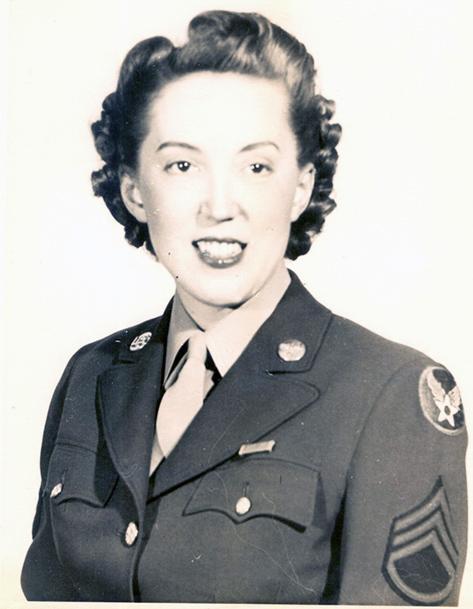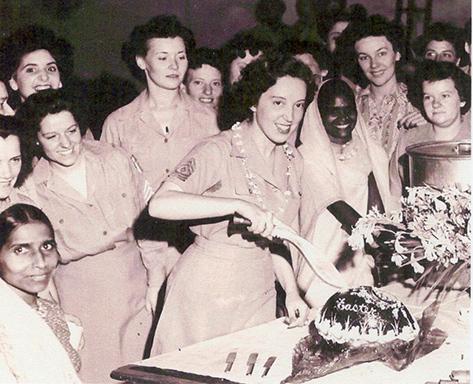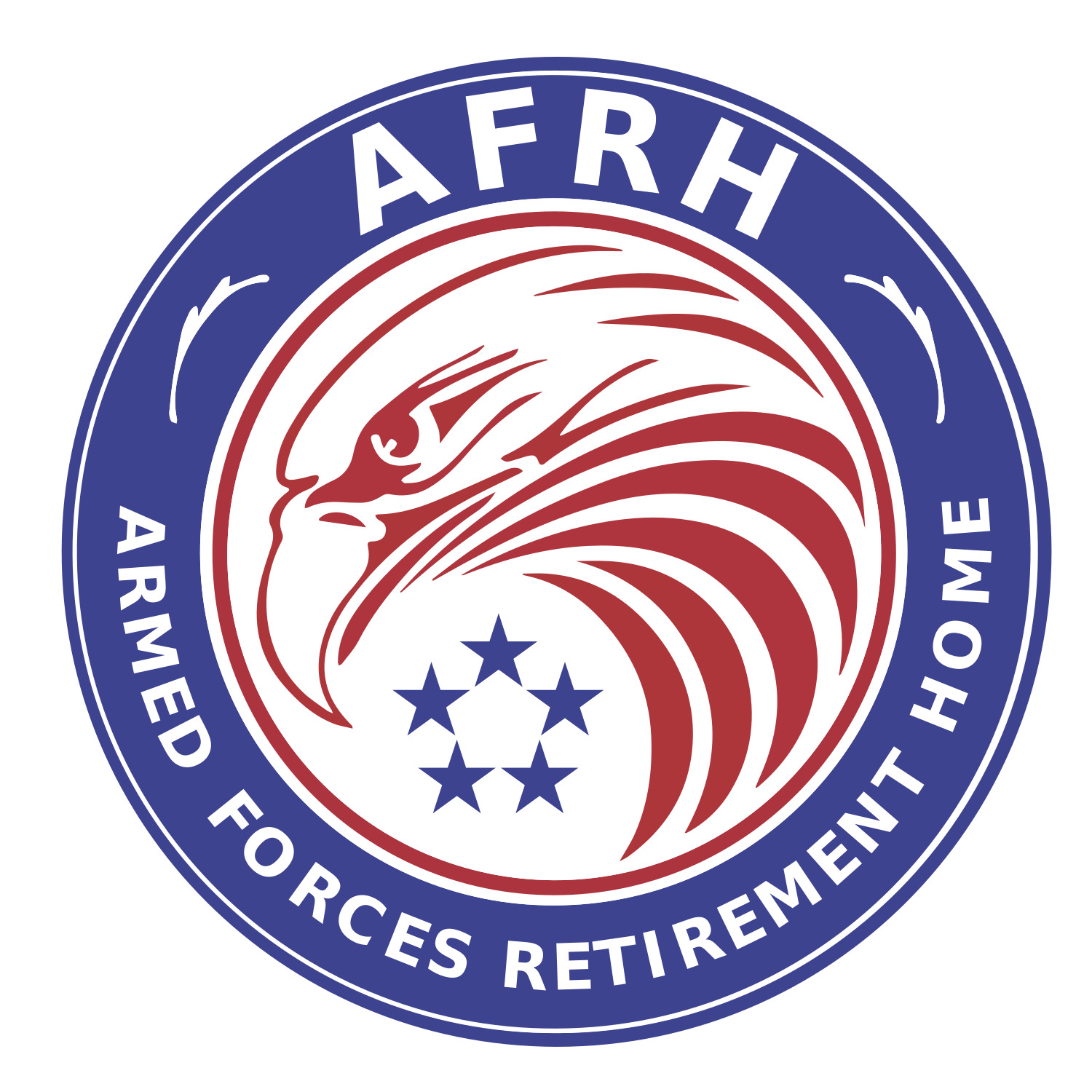



By Mary Kay Gominger
We have all had events that have happened during our lifetime that when the event is recalled years later we can remember exactly where we were and what we were doing at the precise moment it happened. It could be a personal event such as giving or receiving a wedding proposal, the birth of a child, the death of a parent…or it could be something that didn't affect us personally but instead had a monumental affect on our country - such as the first landing on the moon, the death of President Kennedy, the 9-11 tragedy.
The attack on Pearl Harbor on Dec. 7, 1941, is one of those events for many of our residents at AFRH and especially so for Catherine Deitch. Catherine recalls that fateful day with full clarity. Here’s her story:
“I was on my honeymoon in an oceanside cabin when the news of the Japanese attack on Pearl Harbor was broadcast on the radio. My husband picked up a broom, put it over his shoulder, started marching around and said to me, “America is going to war.”
We returned to Pennsylvania, rented an apartment for one year in Harrisburg, Penn., and started to get our affairs in order and as my husband was about to be drafted, I enlisted. My active duty date began on Dec. 30, 1942, and I traveled on a troop train to Daytona Beach, Fla., arriving just as the whistles were blowing to welcome the New Year 1943.
Since my husband’s date to report for duty was Jan. 10, 1943, he was able to stand on the train platform in Harrisburg and wave goodbye to his wife. He joked about that for many years.
I served in the WAAC from Dec. 30, 1942, to Aug. 9, 1943, then served in the WAC from Aug. 9, 1943, to Nov. 24, 1945.
After basic training at Daytona Beach, I was assigned to Boston and lived at the Boston City Club for 15 months, where I worked in the orderly room.
From Boston, I was sent to Bradley Field, Conn., and later to Ft. Oglethorphe, Ga., and from there on a troop train to Riverside, Calif., to prepare for overseas assignment. I still have a copy of the list of 113 women who sailed with me on Sept. 30, 1944, on the USS General A.E. Anderson, and, believe it or not, one woman is Miriam C. Rivkin, who also lives here at AFRH. We were both discharged in 1945 and had not seen or heard from each other until I arrived at AFRH on March 14, 2007, almost 62 years ago. Great reunion!
Since our ship, the USS General A.E. Anderson had to zig zag crossing the Pacific Ocean to avoid being sunk by enemy submarines it meant were were on board from Sept. 26, 1944, until we arrived at Bomban, India, via the Indian Ocean on Oct. 28, 1944. We had made only one stop, at Melbourne, Australia, for one week, to refuel and restock the ship.
We were driven to Hastings on the Hooghly River, a branch of the Ganges River and lived in a huge jrrite mill which the Army had converted for our living plus headquarters. The women were clerical workers, telephone operators, cooks, medical staff, etc.
We were offered the opportunity to see India and I visited the Taj Mahal, saw Mt. Everest, Darjeeling, etc. Some of our women honeymooned in Kashmir.
On Oct. 30, 1945, my group sailed from Karach, Pakistan on the ship Callan to the USA via the Suez Canal, Mediterrain Sea, North Atlantic Ocean and arrived in New York City on Nov. 21, 1945, bused to Camp Shanks and on Nov. 24, 1945, we were discharged. It was Thanksgiving Day and Ft. Dix, New Jersey, served us a feast!
My Army service afforded me the opportunity to sail all the way around the world. Now, when people ask me what I did, I say I was an administrative specialist with duty one year as WAC Det First Sergeant at Headquarters A.A.F. India Burma Theatre, Calcutta, India.
- Log in to post comments
